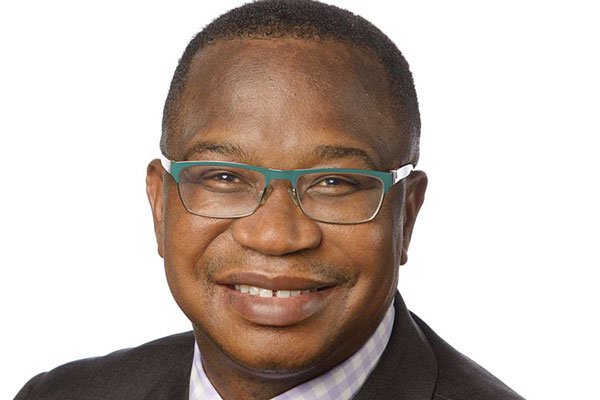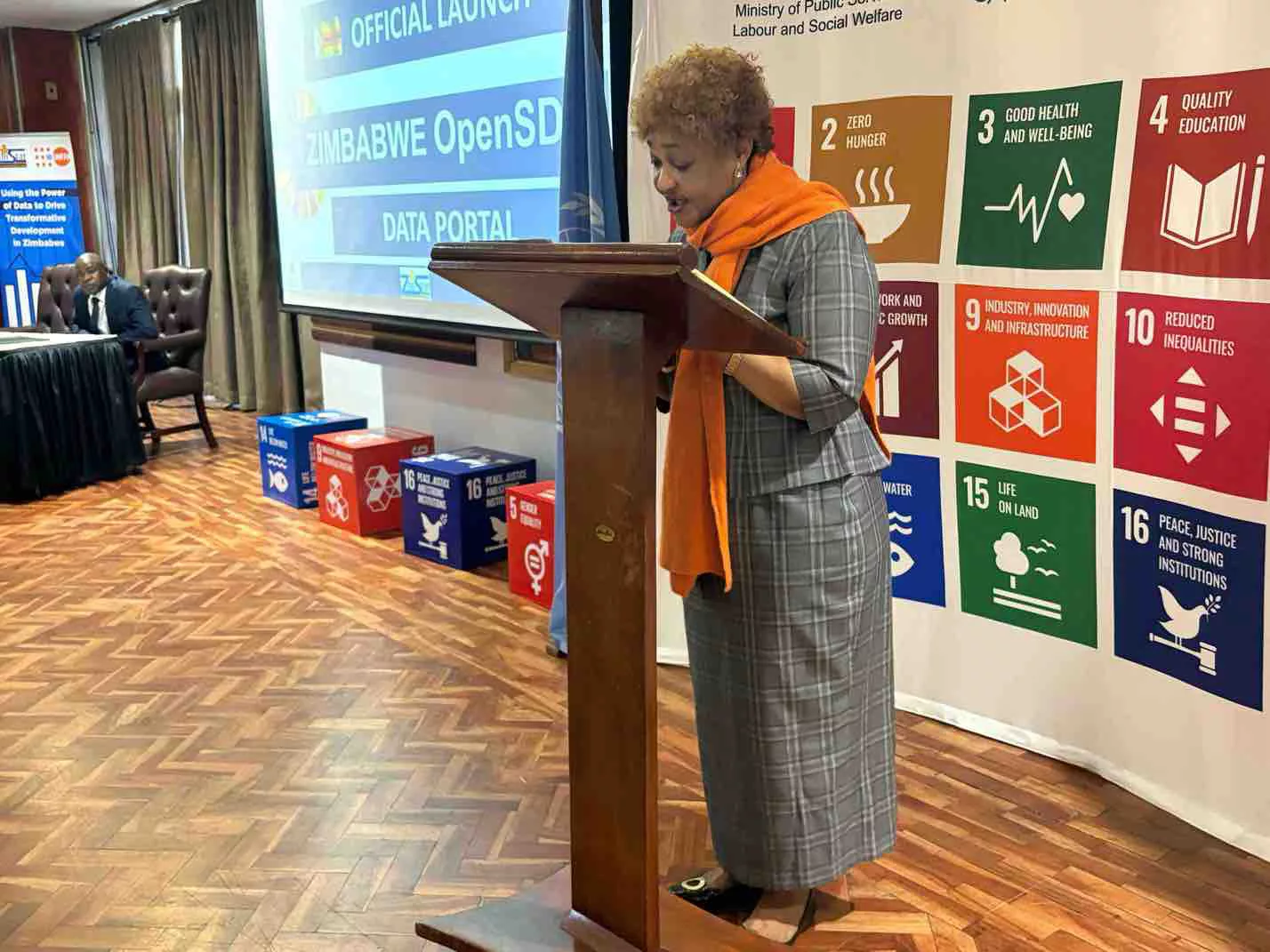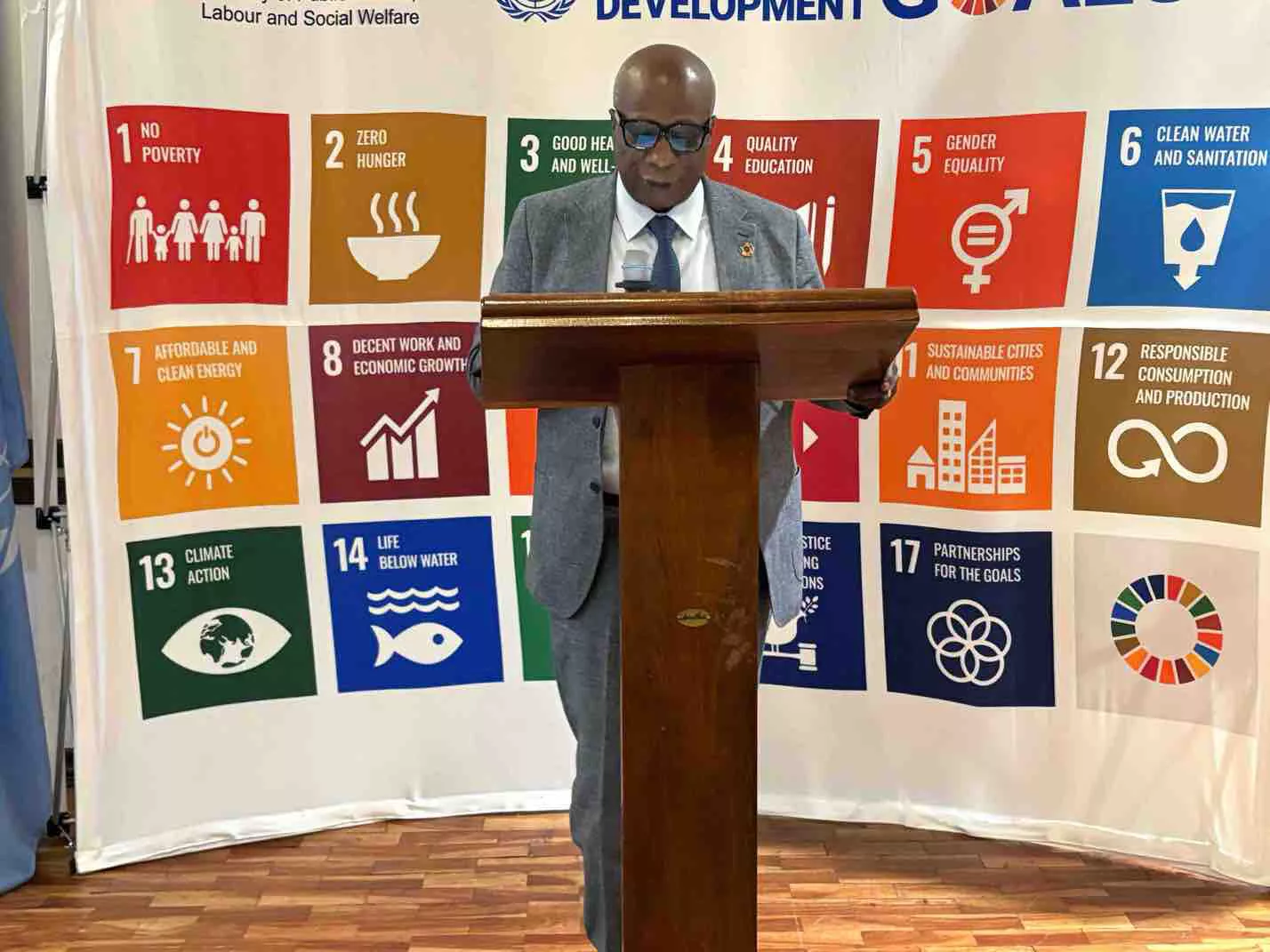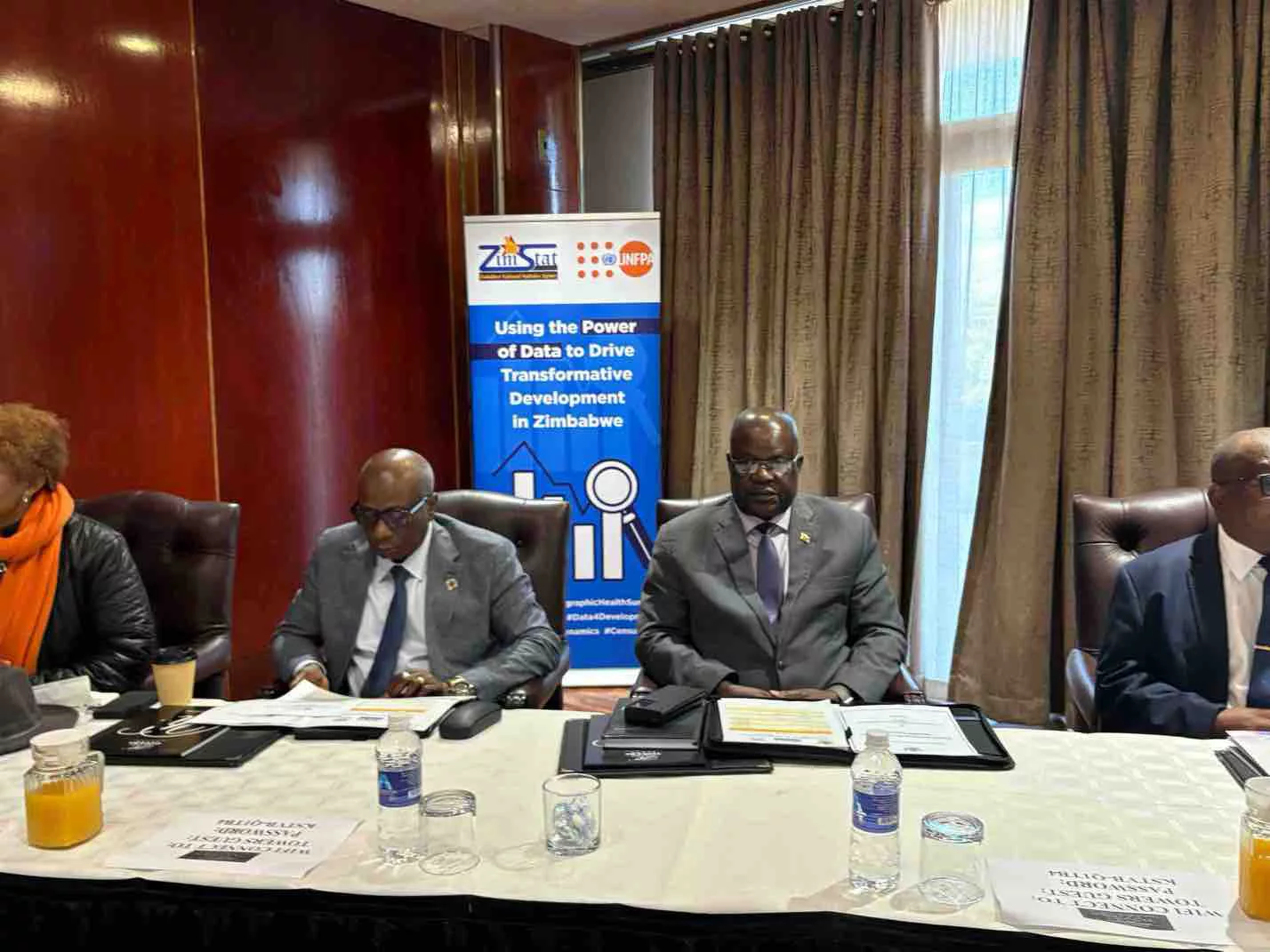In October 2018, the Government of Zimbabwe introduced the Transitional Stabilisation Programme (TSP) to stimulate economic growth and stabilise the macro-economic environment in the country. The programme is from October 2018 to December 2020. It is aimed at building a foundation that will ensure a prosperous and empowered upper middle-income society by 2030.
- TSP Relevance Today and Tomorrow
Within the period October 2018-2020, the Transitional Stabilisation Programme will focus on: a. Stabilizing the macro-economy, and the financial sector,
- Introducing necessary policy, and institutional reforms, to transform Zimbabwe to a private sector led economy; and
- Launch quick-wins to stimulate growth.
The TSP commits to overcome and redress the underlying challenges arising from economic fragility, joblessness, inequality and poverty (pg. iv). The programme recognises the need to empower women and youths, while also bringing to the fore key issues that improve the welfare of the historically marginalised groups, including children and people facing physical challenges.
- Policy Reforms
The TSP outlines policy reform initiatives and programmes aimed at transforming the economy to position the country towards an upper middle income status by 2030. The 7 key reform areas and policy responses include:
- Governance;
- Human Development;
- Public Infrastructure Investment;
- Productive Sector;
- Social Services Sector;
- Institutional Reforms; and
- Policies for Dealing with Macroeconomic Imbalances.
- Implementing and Monitoring Progress of the TSP
The implementation, monitoring and evaluation of the TSP will involve the participation of all key stakeholders, embracing Government, Business, Labour, Civil Society, Academia, Development Partners and Citizens [pg.46]. The programme will adopt a Results Based Management approach using 100 Days Rapid Results Initiative (RRI) methodology.
The implementation of the TSP is guided by:
- High level Results Framework;
- Comprehensive matrix of policies, projects and programmes; and
- Programme Implementation Architecture.
- Transparency and Accountability
To ensure effective implementation of the TSP, a commitment is made to strengthen and capacitate key institutions and public service systems. The goal is to improve accountability and transparency as critical values for positioning the country towards a pathway of inclusive and sustained economic growth.
| Frequently asked questions |
What is the online dialogue about?
The online dialogue is an opportunity for citizens to share understanding of the TSP with stakeholders and contribute input into future development plans. To take part one needs to log into https://globaldevhub.org/Zimbabwe-TSP and sign up.
On the online platform there are 4 discussion threads, each with with 3 key questions to engage the participants in a dialogue process. The discussion threads are; reforms and policy responses, TSP relevance today and tomorrow, implementation and monitoring and last but not least transparency and accountability.
How is the response rate so far, can you give us the statistics?
So far 174 comments have been posted on the platform by 58 citizens from in and out of Zimbabwe and we anticipate more.
Who is supposed to comment on the platform?
The platform is open to all citizens living in Zimbabwe or in the Diaspora.
So far from what you have gathered on the platform, what are people’s views about the TSP?
It is evident from the discussions that people have different priorities on the 7 reform areas in the TSP. On their role, citizens have a general consensus that they have a role to play and some indicated that they have a role monitoring the progresses that guide implementation of the policy. On bottlenecks in the attainment of the reforms of TSP, the issue of lack of political will and corruption are cited the most.
Do people think they have a role to play in the TSP?
From what we have gathered on the platform, yes they do. This is evident as some contributors actually pin pointed how they can participate for example one participant wrote on the role of monitoring reforms as a point of entry.
Who is behind the TSP online consultations?
Civil society organsations and the United Nations Development Program are ensuring sensitization of citizens I marginalized and hard to reach areas.
When did the online consultations start, and for how long are they going for?
The consultations started on 3 June and run until 24 July 2019. However, these are complemented by public meetings that have a longer life span and are conducted in local languages.
After the online consultations, what’s next, what are the outcomes?
The outcomes of online dialogue will feed into a feedback conference on the TSP-which seeks to bring together stakeholder input into the TSP and considerations for better engagement and improved programme implementation processes.






